
The Art of Spearing
Making a comeback as part of an intimate and leisurely dining style, modern fondues include meat, chicken, and seafood cooked in a pot of cholesterol free oil or fat-free broth. Accompanied by a variety of raw vegetables and an assortment of dipping sauces, fondue has evolved into an enjoyable experience of hot, fresh food at a leisurely pace.
Text and Photography By : Füsun Atalay ~ Copyright © 2006
If the word fondue brings back nostalgic memories of bonding around a pot of bubbling melted cheese, a large plate full of cubed crusty bread, and a few bottles of chilled wine, then you are part of the Baby Boomers who made fondue popular in the 60s and 70s. Like most fashionable trends that sleep a while before a big comeback, fondue is becoming popular in the new millennium as an easy and intimate entertaining style.
Fondue dates back to the 18th century Switzerland when both cheese and wine were important industries of this tiny country. In those times, Swiss peasants baked bread and made cheese in the summer and fall to last through the winter. But by midwinter, both would become rock hard. The frugal peasants found a solution which combined the hardened cheese with wine; and then cooked it over a slow fire. Dipping pieces of the bread into this mixture made a satisfying and delicious meal. Thus, out of necessity, "fondue " was born.
The word "fondue" comes from the French "fondre" which means to melt. The French name indicates the place of origin to the French-speaking Swiss Canton of Neufchatel, although each canton in Switzerland has its own "traditional" style fondue.
Main course fondue was first used in France during the middle ages. Fondue bourguignon, for example, originated in the famous vineyards of Burgundy where local wine makers would send grape pickers out to the vineyards for long hours at a time. The story goes that pots were set up in strategic areas of the vineyard so that meals could be cooked as it became convenient, because food would go bad during the long, hot summer days.
Modern fondue was born when the fondue method of cooking meat cubes in hot oil was re- introduced by chef Konrad Egli of New York’s Chalet Swiss Restaurant in 1956. Within a decade chocolate fondue followed and fondue became a very stylish course on any meal.
With a basic knowledge of the essentials, fondue can make anyone look like a gourmet cook. For cooking meats, the temperature of the fondue oil should be heated to 350o F. This causes the food’s pores to close quickly so that neither juices can escape nor the oil can penetrate.
The best oils to choose for fondue are those used in deep frying. Odourless and flavourless vegetable based oils such as sunflower, peanut, or canola are the best. You can check the oil’s temperature by placing the handle of a wooden spoon into the oil. If small bubbles form around the handle, the oil is ready for cooking.
The traditional fondue pot, "caquelon", is made of heavy earthenware. Variations include enamelled iron or glazed ceramic all of which are heavy to distribute and retain even heat. Fondue is heated on the stove top in the caquelon over low to medium heat, then transferred to the table and placed over an alcohol burner or a hot plate.
Using top quality ingredients such as loin cuts of beef, steak, peeled shrimp, filets of fish, as well as ripe, unblemished fruits and vegetables is the most important step in fondue dining.
Another point worth noting is that placing too many fondue forks into the hot oil at one time will lower the temperature quickly, preventing the ingredients from cooking properly.
Simple vegetable-broth, or fat free chicken stock makes a lighter, calorie-wise base for fondue cooking than the cheese or hot oil versions. Potatoes as well as other vegetables or small bits of seafood are cooked in the simmering pot of broth.
Traditional cheese fondue is made with Emmentaler or Gruyere cheese and seasoned with garlic, pepper and dry white wine. Cherry brandy, or kirsch, is sometimes added to the mixture, which is served as a dip for chunks of bread.
A baguette or any crusty French or Italian style bread is best for a cheese fondue. When you slice the bread leave a bit of the crust on every piece . The crust helps to keep the bread on the fork after it is placed in the cheese. But dippers don’t have to be limited to bread. Steamed, diced potatoes or steamed vegetables such as broccoli, cauliflower, asparagus and baby carrots also make healthy and tasty dippers.
Dessert fondues are the ultimate finish to an intimate meal. Chocolate fondue is still a favourite for dipping strawberries, bananas, grapes, oranges or even, cubes of pound cake or angel food cake.
Fondue Etiquette
Fondue is a communal meal that dictates a few basic rules of decorum. To enjoy a meat fondue, spear a piece of meat, dip it in the hot oil, and let it sit until the meat is cooked to your preference. Remove the fork and place it on your plate, use your dining fork to slide the meat off the fondue fork. Use your regular fork to dip the meat in the sauce of your choice, and eating your tasty morsel.
For cheese fondue spear a piece of bread using a fondue fork to dip it into the pot. Turn the bread cube to coat it with cheese . Allow the excess cheese drip and cool a little before you put the coated bread in your mouth. Just as double dipping is frowned upon, so is touching the fork with your lips or tongue, as the fork does go back in the pot. Ideally you should use a dining fork to slide the bread off the fondue fork and eat it with the second fork.
Whether it’s a simple cheese fondue, or an elaborate assortment of meats and vegetables, followed by warm, decadent chocolate with an array of dippers, there is something very cosy and festive about a group of friends or family gathered around a table, dipping food impaled on long handled forks into a communal pot. Here are three fondue recipes to inspire party ideas in the new year.
Classic Swiss Fondue ~ Serves 4
1 clove garlic, halved
8 fl oz dry white wine, or rose wine
1 teaspoon lemon juice
2 cups grated Gruyere cheese
2 cups grated Emmental cheese
1 teaspoon cornflour
1 teaspoon dry mustard
2 Tablespoons kirsch
Freshly ground nutmeg and pepper to taste
Rub inside of the fondue pot with the cut clove of garlic.
Pour in wine and lemon juice and heat gently until the liquid begins to bubble.
Reduce the heat to low, and gradually stir in grated cheeses. Continue to heat, stirring frequently, until the cheeses melt.
In a small bowl, blend cornflour with kirsch to a smooth consistency.
Stir into cheese mixture and continue stirring for 2-3 minutes until mixture is thickened and smooth.
Transfer to a fondue pot.
Orange-Chocolate Fondue
½ cup evaporated milk or light cream
2 cups semisweet chocolate chips
½ cup honey
1 teaspoon vanilla extract
2 Tablespoons orange flavored liqueur
OR
1 teaspoon grated orange peel AND 2 teaspoons orange juice
Combine evaporated milk or cream, chocolate pieces, honey and butter in fondue pot or heavy saucepan. Place over low heat and cook, stirring constantly until chocolate is melted and the mixture is smooth. Blend in liqueur and vanilla. Keep mixture warm over low heat of fondue burner. Serves 6 to 8.
Dippers
Strawberries, banana slices (dipped in lemon juice to prevent oxidation), pineapple chunks, mandarin orange segments, orange slices, grapes, melon balls, kiwi fruit slices, pound cake cubes, lady fingers, marshmallows, angel food cake cubes and vanilla wafers.
Copyrighted Material ~ Copyright © 2006 All Rights belong to Füsun Atalay





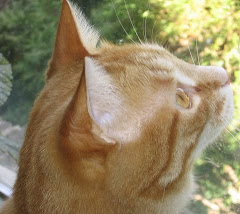




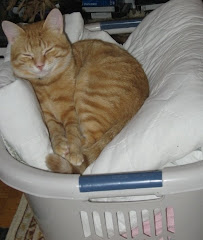



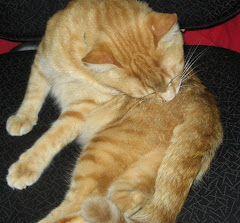



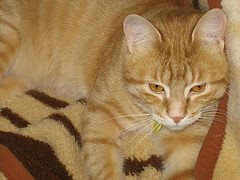

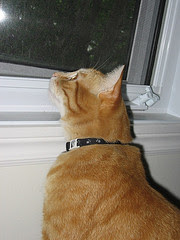

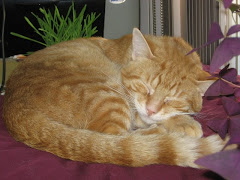
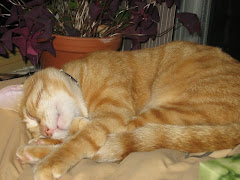


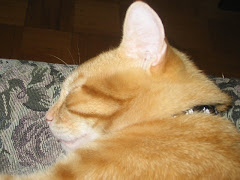



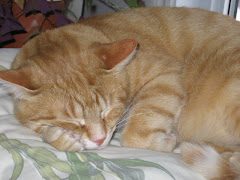


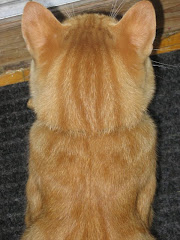
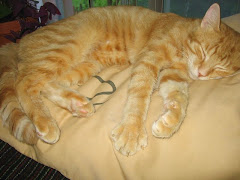
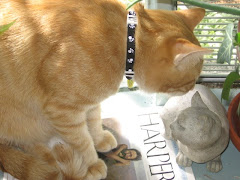

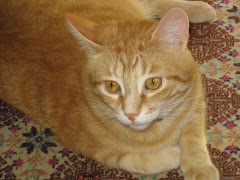


No comments:
Post a Comment